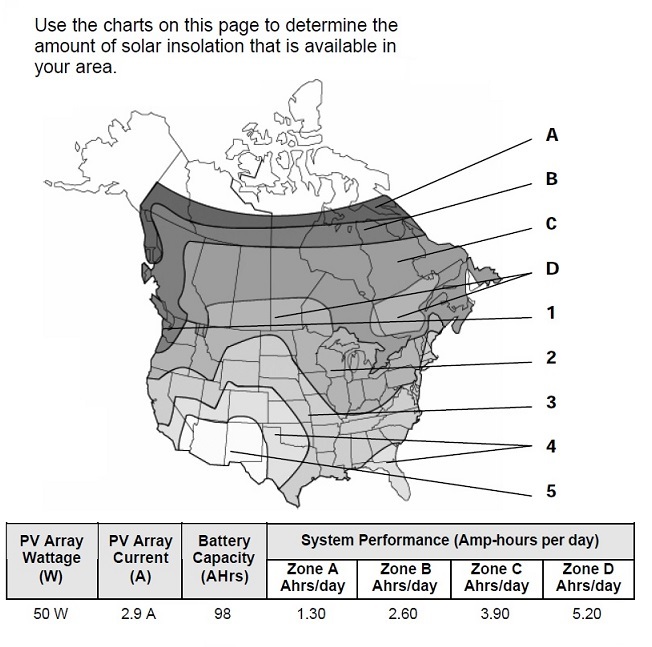
This website uses cookies to ensure you get the best user experience. By continuing to use this website, you consent to our use of cookies.
AcceptU.S. Patent 5,321,257
U.S. Patent 5,633,494
Canadian Patent 2,073,162
U.S. Patent 6,127,672, 6,563,107
U.S. Patent 6,127,672, 6,563,107
U.S. Patent 7,296,363
Canadian Patent 2,472,421
U.S. Patent 7,296,363
Canadian Patent 2,472,421
Canadian application 2,815,199 & 2,815,195
Cyclical Sensor Array, Canadian application 2,815,199 & 2,911,175